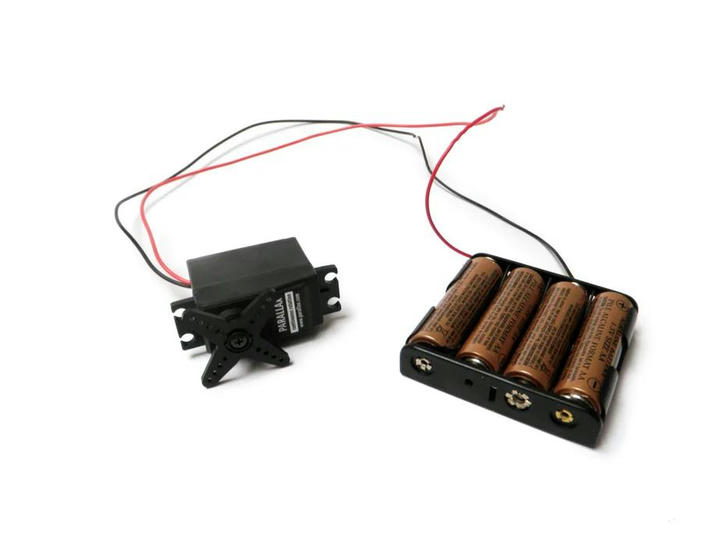Basic Electronics for Beginners in 20 Steps
Step 3: Resistance

One crucial factor to understand is that electricity in a circuit must be used in some way.
For example, in the circuit mentioned above, the motor through which the electricity flows adds resistance to the current, ensuring that all the electricity is being used.
In other words, there must always be something in the circuit between the positive voltage and the ground that creates resistance and consumes electricity. If the positive voltage is connected directly to ground without passing through a component like a motor (which adds resistance), it causes a short circuit. This is when the positive voltage directly connects to ground, which is dangerous.
Similarly, if the electricity flows through a component that doesn't offer enough resistance, a short circuit can happen.
Short circuits are harmful because they can cause the battery or circuit to overheat, break, catch fire, or even explode.
To avoid short circuits, always ensure the positive voltage never directly connects to ground.
Keep in mind that electricity always follows the path of least resistance to the ground. This means if you provide an easy path for the electricity to flow, it will take that route, potentially causing a short circuit. Always double-check your connections, especially when wiring components in parallel, to prevent this from happening.
Also, note that adding a switch doesn't add resistance---it merely opens or closes the circuit. Adding a switch between power and ground can create a short circuit if not done properly.
